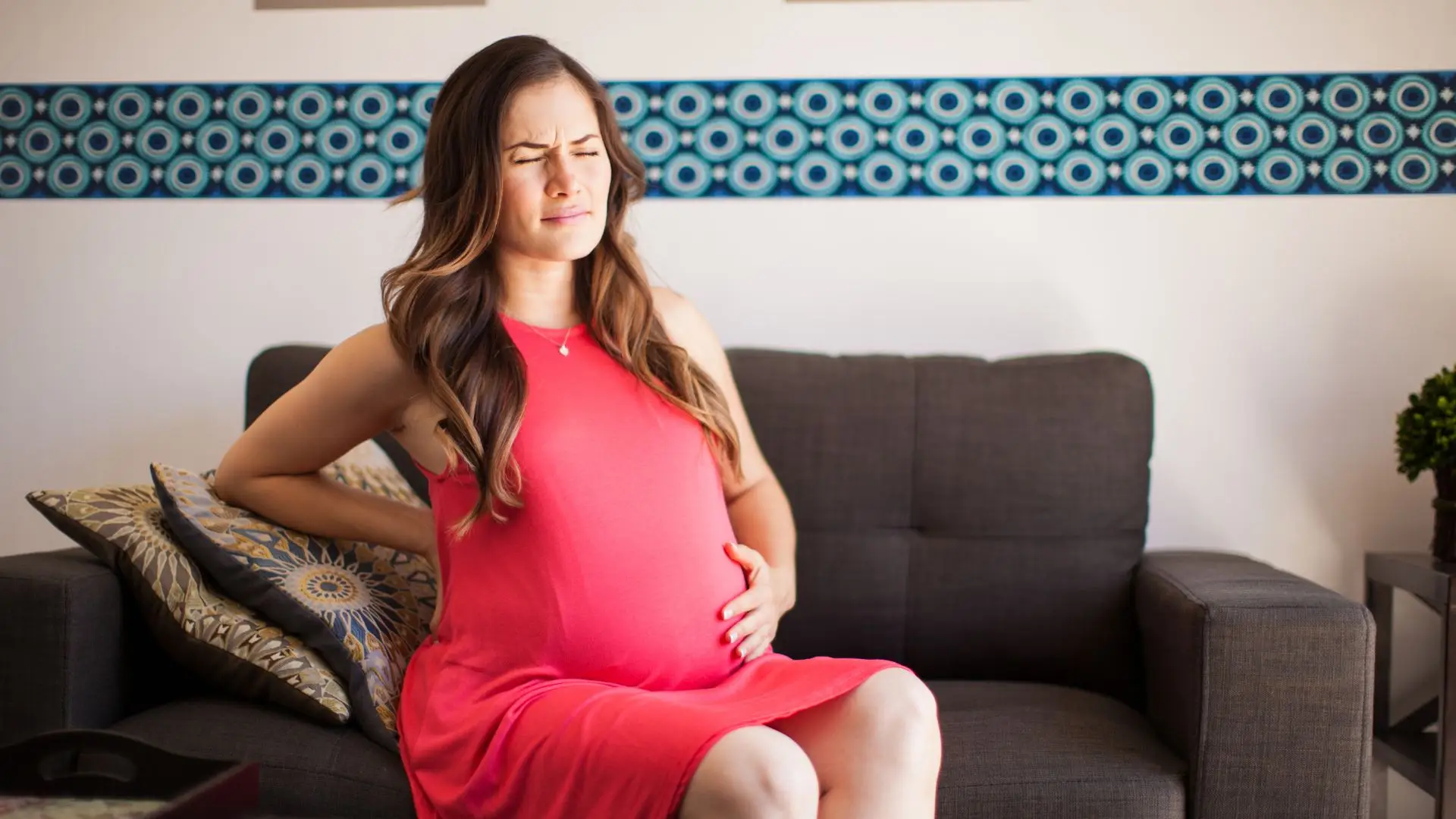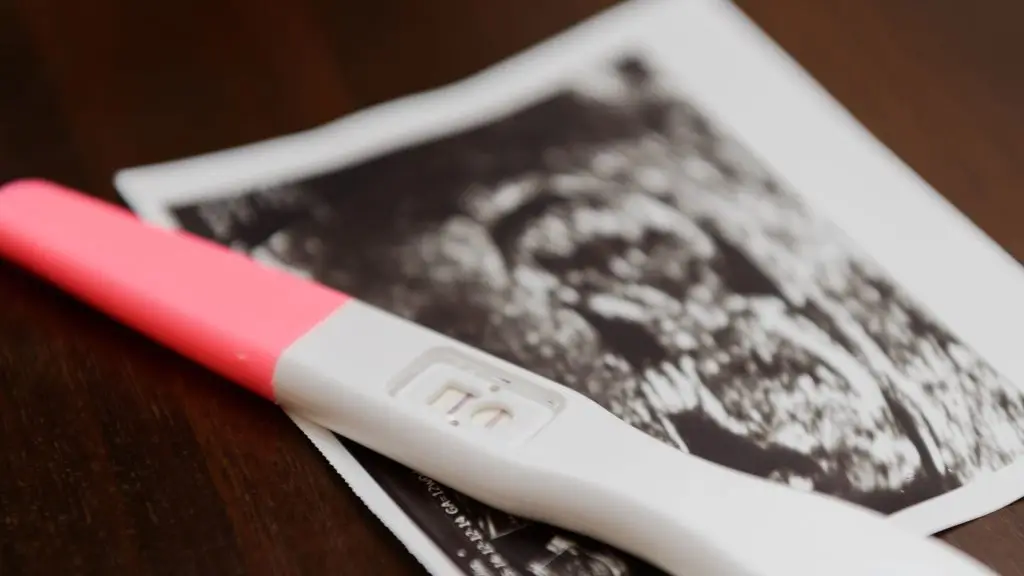
Chronic Pain and Pregnancy
Pregnancy itself brings about significant physical and hormonal changes, which can exacerbate or even trigger chronic pain conditions. Conditions such as fibromyalgia, pelvic girdle pain, and lower back pain are common ailments experienced during pregnancy. The fluctuating hormones, weight gain, and postural changes contribute to the intensity and frequency of pain episodes.
Chronic pain can have a profound impact on the physical and emotional well-being of pregnant women. The constant pain can affect sleep patterns, limit mobility, and increase stress levels. Furthermore, the fear of medication use during pregnancy, concerns about the impact on the unborn child, and anxiety about labour and delivery can further exacerbate emotional distress.
Managing chronic pain during pregnancy requires a comprehensive approach that takes into account the unique needs and limitations of expectant mothers. There are practical strategies for pain management, including gentle exercises, physical therapy, and alternative therapies such as acupuncture and prenatal massage. It emphasizes the importance of open communication with healthcare providers to develop a personalized pain management plan.
The safety of both the mother and the unborn child is of utmost importance when treating chronic pain during pregnancy.


One of the most common pregnancy-related pain issues is lower back pain. As the baby grows and the center of gravity shifts, the increased pressure on the spine can lead to discomfort and muscle strain. Hormonal changes during pregnancy also affect the ligaments and joints, making them more prone to injury. Simple exercises like prenatal yoga, gentle stretching, and maintaining good posture can help alleviate lower back pain.
Another prevalent pain issue during pregnancy is pelvic pain. This can manifest as a dull ache or sharp shooting pain in the pelvic region. The growing uterus and the release of hormones can cause the pelvic joints to become more flexible, resulting in instability and discomfort. Applying heat or cold packs, wearing a pelvic support belt, and practicing pelvic floor exercises can provide relief from pelvic pain.
Sciatica, a condition characterized by pain radiating down the back of the leg, can also occur during pregnancy. The pressure exerted by the expanding uterus on the sciatic nerve can lead to shooting pain, tingling, or numbness in the buttocks and legs. Gentle stretching exercises and avoiding prolonged sitting or standing can help manage sciatic pain.
Additionally, round ligament pain is a common complaint among pregnant women. As the uterus expands, the ligaments that support it stretch and can cause sharp, stabbing pain in the lower abdomen or groin. Gentle movements, such as changing positions slowly or using pillows for support, can ease round ligament pain.
Although it is crucial to address pregnancy-related pain, it is equally important to do so safely. Consultation with a healthcare provider specializing in prenatal care is essential before starting any new pain management techniques, as certain treatments may not be suitable for pregnant women.
Managing pregnancy-related pain can significantly improve the overall experience of pregnancy for chronic pain sufferers. By understanding the common pain issues faced during pregnancy and implementing appropriate pain management strategies, women can enjoy this transformative journey with reduced discomfort and enhanced well-being.
When it comes to pain management during pregnancy, medication options are limited due to potential risks to the baby. Non-pharmacological approaches should be the first line of defense. Techniques such as physical therapy, acupuncture, massage, and relaxation exercises can provide relief and improve overall well-being.
However, if non-pharmacological methods are insufficient, certain medications may be considered under the guidance of a healthcare professional. It is crucial to weigh the potential benefits against the risks and opt for medications that have been deemed safe during pregnancy. This decision should be made in consultation with both a pain management specialist and an obstetrician to ensure the best possible outcome for both mother and baby.
Additionally, lifestyle modifications can play a significant role in pain management during pregnancy. Engaging in regular exercise, maintaining a healthy weight, practicing good posture, and using supportive devices such as maternity belts can alleviate pain and minimize discomfort.
Another essential consideration is the emotional well-being of the mother. Pregnancy can bring about a rollercoaster of emotions, and managing chronic pain alongside the hormonal changes can be challenging. Seeking support from healthcare professionals, joining support groups, or engaging in counselling can provide the necessary emotional support throughout this journey.
By managing chronic pain during pregnancy requires a delicate balance between pain relief and ensuring the safety of both the mother and the baby. By exploring non-pharmacological options, considering medication only when necessary and safe, adopting lifestyle modifications, and seeking emotional support, it is possible to navigate this challenging period successfully. Remember, you are not alone, and with the right guidance, you can embrace the joys of pregnancy while effectively managing your chronic pain.
Preparing for Labour and Delivery with Chronic Pain

As a chronic pain sufferer, the anticipation of labour and delivery can bring about a unique set of challenges. However, with careful preparation and support, it is possible to navigate this experience with greater ease and minimal discomfort.
To prepare for labour and delivery, it is essential to establish a strong support system. Communicate openly with your healthcare provider about your chronic pain and any concerns you may have. They can offer guidance, suggest pain management strategies, and help tailor a birth plan that addresses your specific needs. Additionally, seek support from loved ones, friends, or online communities that understand and empathize with your chronic pain journey.
Educating yourself about pain management techniques is another crucial aspect of preparing for labour and delivery. Explore various relaxation techniques, such as deep breathing exercises, guided imagery, or prenatal yoga, that can help you cope with pain during labour. Consider attending childbirth education classes that offer specific guidance for chronic pain sufferers. These classes often provide valuable information about different pain relief options, including non-pharmacological approaches like hydrotherapy, acupuncture, or TENS machines.
Planning for pain relief during labour is also essential. Discuss your options with your healthcare provider, as some pain medications may not be suitable for chronic pain sufferers. Explore alternative pain relief methods, such as heat or cold therapy, massage, or positional changes. Additionally, consider writing a birth plan that clearly outlines your pain management preferences and communicates them to your healthcare team.
Lastly, remember to prioritise self-care throughout your pregnancy. Engage in gentle exercises approved by your healthcare provider to build strength and flexibility, which may help alleviate some chronic pain symptoms. Practice good sleep hygiene, maintain a healthy diet, and find moments to relax and recharge. Taking care of your physical and mental well-being will better equip you to handle the challenges of labour and delivery.
The Life of Chronic Pain
Click below to view the other sections within the life of Chronic Pain
Click Here